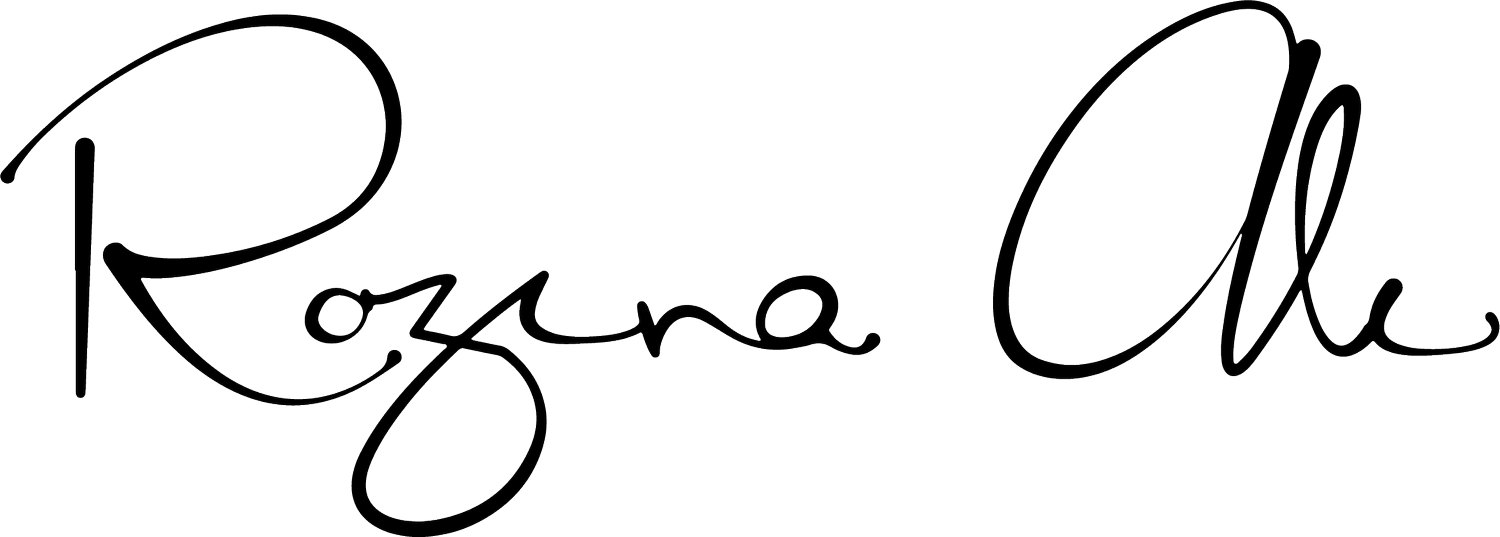Enhancing natural beauty through the fat transfer surgical procedure
In the ever-evolving world of aesthetic surgery, individuals are increasingly looking for innovative ways to improve their natural appearance. One such procedure, popularised by Dr. Rozina Ali, is fat transfer; a surgical technique that utilises the body's own excess fat resources to volumise and regenerate tissues such as breast, face, scalp, and scars, whilst delivering natural looking results.
Dr. Rozina Ali is a top-rated plastic surgeon in London, highly experienced and expert in fat transfer; viewing it as a specialty in its own right, ‘I think fat is the elixir of youth; it's what gives us volume and a beautiful glow’. Here Rozina delves into the intricacies of the fat transfer surgical procedure and explores why it's becoming a sought-after option for those seeking natural looking aesthetic improvements.
Fat transfer, also known as fat grafting or lipofilling, is a specialist surgical procedure that involves the transfer of fat from one or more areas of excess to other areas where volume or stem cell regeneration is desired.
Rozina Ali has been trained and experienced in this procedure, where LIVE tissue is harvested and transferred to areas of deficit, for almost 20 years. In areas such as the breasts, the goal is to enhance contour, volume and symmetry but unlike implants, because it uses the patient’s own tissue, it delivers a natural looking, feeling and moving result. Fat survival depends on the health and stretchability of the areas the fat is moved into.
An additional approach is to harvest fat tissue but then concentrate the stem cell component and remove the fat cells so the resultant mix is a liquid concentrate of stem cells with minimal volumising component, designed to regenerate tissue as part of a regenerative aesthetic procedure; facelift, scar regeneration, scalp regeneration, for example.
Almost all of my patients are asking me about the fat transfer procedure as it offers a host of benefits, most notably the natural-looking results it delivers. Since the patient's own tissue is used and the outcome seamlessly integrates with the body's natural shape, it’s a discrete and elegant way of enhancing desired contours or features, whilst providing the added benefit of body contouring through fat harvest, therefore satisfying multiple concerns in a single procedure. While some of the transferred fat may be reabsorbed by the body initially, a significant portion typically establishes a blood supply and becomes a permanent part of the treated area, resulting in sustainable and long-lasting and improvements.
Typically the fat transfer process occurs across three stages. The first step involves harvesting fat cells from areas with excess fat, for example the flanks, abdomen or thighs. This is achieved through a minimally invasive ‘liposuction’ type procedure, where live fat cells are gently harvested from the patient’s superfical fat stores residing immediately under the skin (subcutaneous) tissues. One rich source of fat my patients have recently been embracing is on their backs, under where the bra strap sits. The dual benefit being, it removes fat from an unwanted area and because of the thick skin in this area it produces a desirable smooth contour.
Once harvested, the fat cells are then prepared by being washed and filtered to remove dead cells. released oils, and excess fluids; a crucial step to ensure their purity and viability. The purified fat cells are then carefully injected into the target areas, such as the breasts, face, hands etc. As a leading advocate of such surgery I will strategically place the fat to achieve the desired contour and volume.
After the procedure and depending on the areas treated, patients can generally expect some swelling and bruising, which typically subsides within a few weeks. As with any surgery, it's important for individuals considering fat transfer to consult with a qualified and experienced plastic surgeon. The pre-operative workup which my practice completes is critical to identify risks and to ensure the patient is well educated on the procedure and what comes after. Myself and the hospitals I work from place great emphasis on an enhanced recovery phase. I prescribe specialist surgical compression garments, which reduces any swelling and discomfort. In addition, I encourage my patients to drink plenty of fluids and move regularly to minimise risks of DVT. All of which go towards achieving a good outcome.
Not everyone is an ideal candidate for a fat transfer procedure and I am honest with my patients during the consultation about the factors I consider when determining candidacy. Patients with realistic expectations seeking a natural-looking enhancement that integrates seamlessly with their existing features are ideal candidates for fat transfer. They also must have an adequate amount of localised excess donor fat deposits in areas such as the abdomen, thighs, or flanks and good skin elasticity to conform to the new contours.
Good overall health is also required, as whilst fat transfer is a minimally invasive procedure, it still involves a certain level of surgical intervention. I look to understand whether there are any underlying medical conditions during the consultation process and I always mandate that anyone having stem cell fat transfer to their breasts has to have baseline breast screening to exclude any pre-existing pathology. Candidates for fat transfer should have a stable and healthy weight as significant fluctuations in weight can impact the distribution and viability of transferred fat cells. Smoking can also impede the healing process and compromise blood circulation, so I advise patients to stop in advance of the procedure and during the recovery period.

